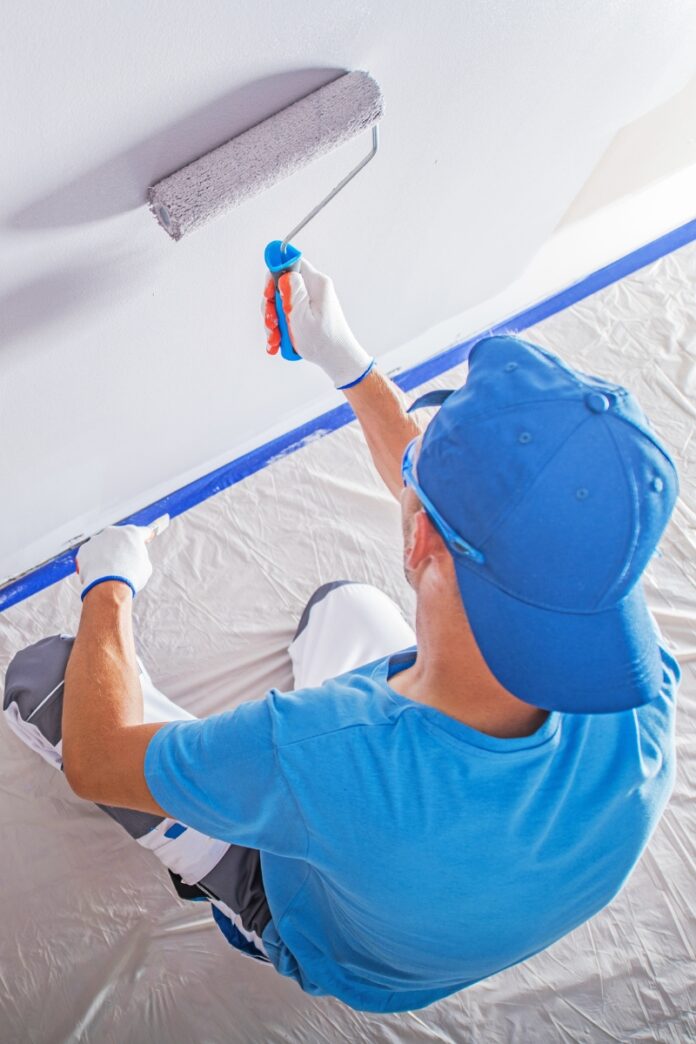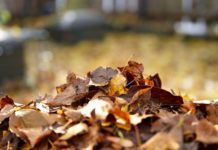Proper prepping walls before priming or painting is essential for a smooth, long-lasting finish. Skipping this step can lead to issues like peeling, uneven textures, and blotchy color. Dirt, grease, dust, and even old paint can interfere with how well the new paint adheres. This guide covers how different substances on walls can mess up your paint job, safe cleaning methods, and how to recognize common problems like grease and moisture marks after painting. Plus, we’ll list recommended cleaning products and tools to help you prep like a pro.
Why Clean Walls Matter
When prepping for a fresh coat of paint, cleaning the walls first is non-negotiable. Walls may look clean, but even invisible layers of dust, grease, or grime can cause serious problems with how paint adheres and cures. Imagine taking hours to paint a room, only to have sections peel off within weeks, or notice blotchy, uneven areas. Common substances that can mess up a paint job include:
- Grease: Particularly in kitchens, grease forms an invisible film on walls. Paint won’t stick to this layer properly, often causing it to bubble, crack, or peel.
- Dust: Dust might seem harmless, but when left on walls, it creates a gritty texture under the paint, leading to a rough, inconsistent finish.
- Mildew and Mold: Painting over mildew or mold can trap moisture under the paint. This leads to bubbling or peeling and can worsen the mold problem.
- Smoke Residue: Nicotine or smoke residue can discolor paint, causing a yellowish tint or uneven color tones.
- Animal Hair: We all love our pets, but I bet we can agree we wish they could keep their hair to themselves! In a house with pets, it is important to make sure they stay out of the rooms you are going to paint well before cleaning, during the job, and not back in the room until the paint is fully dried and cured.
Problems Caused by Painting Over Dirty Walls
If you paint over dirty or greasy walls, expect some common problems:
- Peeling and Flaking: Grease and dust create a barrier that prevents paint from bonding to the surface, leading to flaking, especially in areas with heavy grime.
- Uneven Finish: Dirt and dust cause uneven texture, which becomes visible when light hits the painted wall. You might also notice streaks or blotchiness if the wall wasn’t cleaned properly.
- Stains Bleeding Through: Grease, mold, and nicotine can stain the paint, making it look discolored or patchy.
- Poor Durability: The new paint may wear down quickly or chip easily because it couldn’t bond effectively to the wall.
Recognizing Paint Problems After the Job
If you encounter issues after painting, they might be due to improper surface prep. Here’s how to identify different problems:
- Bubbling Paint: This usually indicates moisture (water or oil) trapped under the paint. Bubbling often occurs in areas exposed to humidity, such as bathrooms or kitchens.
- Cracking and Flaking: When paint cracks or flakes away in chunks, it’s likely due to grease or an improperly cleaned surface underneath.
- Streaky or Patchy Areas: This uneven look might suggest that the wall was too dusty, or there was a greasy film that wasn’t cleaned off properly.
- Discoloration: Yellowish or brownish stains bleeding through your paint? This could be smoke residue, nicotine, or mold behind the paint.
Safe and Effective Ways to Clean Walls
Here’s how to tackle the most common substances found on walls before painting:
- Grease and Grime: Use a mixture of warm water and mild detergent, or go for a degreasing cleaner like TSP (trisodium phosphate) for tough spots. Always rinse the wall afterward to remove any cleaner residue.
- Dust and Dirt: A simple wipe down with a damp cloth or a microfiber duster can handle this. For more stubborn dirt, mild dish soap in warm water will work.
- Mold and Mildew: Clean with a solution of one part bleach to three parts water. Let it sit for 15 minutes, then scrub and rinse thoroughly. Ensure the wall is fully dry before priming.
- Smoke and Nicotine Residue: A heavy-duty cleaner, such as TSP, is your best bet for cutting through smoke stains. Always wear gloves and ensure good ventilation when using strong cleaners like these.
Approved Cleaning Products and Tools for Prepping Walls
To ensure a clean wall ready for priming and painting, use the following products and tools:
Cleaning Products:
- TSP (Trisodium Phosphate): A powerful degreaser and cleaner that cuts through tough grime.
- Simple Green All-Purpose Cleaner: A gentler, eco-friendly cleaner for general dirt and grease.
- Krud Kutter: Excellent for heavy-duty cleaning in kitchens and greasy areas.
- Bleach Solution: For dealing with mold or mildew, mix 1 part bleach with 3 parts water.
Tools:
- Microfiber Cloths: Perfect for trapping dust without leaving streaks or lint behind.
- Sponges: A soft sponge will help with scrubbing grime without damaging the wall surface.
- Scrub Brushes: For tougher grime, especially on textured walls or in corners, a medium-bristle scrub brush works well.
- Vacuum with Brush Attachment: Great for removing dust from textured or popcorn ceilings before you paint.
- Painters’ Rags or Tack Cloth: Use these to remove any lingering dust just before priming.
What Happens If You Skip Cleaning
Skipping the cleaning step can result in more time spent fixing issues later. If you do end up with a paint job that’s cracking, peeling, or showing stains, the best solution is to:
- Scrape or sand off the problem areas where the paint is failing.
- Clean the wall thoroughly to ensure no residue remains.
- Prime the wall with a stain-blocking or bonding primer to help prevent further issues.
- Repaint the problem areas, taking care to feather the edges into the surrounding surface for a smooth transition.
Taking the time to properly clean your walls before painting isn’t just about aesthetics; it ensures durability, even color, and a professional-grade finish that will last.









